
Are E Bikes Waterproof? A Complete Guide for Rainy Rides
If you ride an electric bike regularly, you’ve likely asked yourself at some point: are e bikes waterproof? It’s an important question — especially if you live somewhere with unpredictable weather. After all, rain and moisture are part of everyday riding, and your e-bike’s performance and lifespan depend heavily on how well it can handle water exposure.
In this comprehensive guide, we’ll break down exactly what water resistance means, how to understand IP ratings, the best waterproof e-bikes on the market, and expert tips for protecting your bike before, during, and after wet rides.
Are E-Bikes Waterproof? Here’s The Answer
So, are e-bikes waterproof? The clear answer is no — e-bikes are not fully waterproof, but most are water-resistant. This means they can safely handle light rain, splashes, and damp roads without any issues, but they are not designed to be submerged in water or exposed to heavy, continuous rainfall.
Manufacturers build e-bikes with sealed components, such as the motor, display, controller, and battery, to protect against moisture. However, these seals are only meant to resist occasional contact with water — not to make the bike completely watertight.
In simple terms, an e-bike will perform normally in drizzle, light showers, or when riding through small puddles, but it should never be fully immersed in water or cleaned using a high-pressure hose. Your e-bike is designed to resist water, not be completely waterproof — in other words, it can ride through rain, but it can’t swim.
Waterproof vs Water-Resistant: What’s the Real Difference?
A waterproof e-bike would be completely impervious to water, able to survive being submerged without any damage. In reality, no commercial e-bike is fully waterproof. Even models with high IP ratings, such as IP67, are only designed to withstand short-term exposure to water at limited depths. True waterproofing would require fully sealed electronics and battery systems, which is not available in standard consumer e-bikes.
Water-resistant e-bikes are built to handle everyday wet conditions, including rain, splashes, and puddles, without harming critical components. This protection is achieved through sealed battery compartments, rubberized connectors, and protective motor housings. Most e-bikes on the market fall into this category, typically with IPX4 to IPX6 ratings, making them safe and reliable for regular wet-weather riding.
What Those IP Ratings Actually Mean For Your E-Bike
When you see a specification like IP54, IPX5, or IP67, that’s the Ingress Protection (IP) rating — an international standard used to show how well electrical equipment resists both dust and water. This rating helps you understand the level of protection your e-bike has, especially its electronics like the motor, battery, and display.
Here’s how to decode it:
-
The first number refers to dust resistance (0–6).
-
The second number refers to water resistance (0–9).
-
If there’s an “X,” it means the manufacturer didn’t test for that category.
Below is a helpful breakdown of common IP ratings found on e-bikes:
|
IP Rating |
Meaning |
Water Resistance Level |
|
IPX4 |
Splash-resistant |
Handles light rain and road spray. |
|
IPX5 |
Water jet resistant |
Safe for heavy rain and wet commutes. |
|
IPX6 |
Resistant to strong jets |
Can handle high-pressure sprays but not immersion. |
|
IP65 |
Dust-tight and water jet resistant |
Completely protected against dust and can withstand low-pressure water jets from any direction. |
Manufacturers like isinwheel often advertise their IP ratings to assure riders that their bikes are built for durability and reliability — even when the weather turns against you.
The Best Water-Resistant E-Bikes Designed for Wet Conditions
If you ride in areas where rain and wet roads are common, choosing a water-resistant e-bike is essential to keep your rides safe and your bike protected. isinwheel e-bikes, along with other top brands, come with varying levels of water resistance, usually indicated by their IP ratings, and are built to handle splashes, puddles, and light to moderate rain.
Below is a comparison of some of the best water-resistant e-bikes, including popular isinwheel models, highlighting key specifications such as battery, range, speed, suspension, and IP rating. This will help you choose the right e-bike based on performance, comfort, and wet-weather durability.
|
Images |
 |
 |
 |
 |
 |
 |
|
Models |
||||||
|
IP Rating |
IPX4 |
IP65 |
IPX65 |
IPX5 |
IPX4 |
IPX4 |
|
Peak Power |
500W |
500W |
500W |
500W |
500W |
750W |
|
Battery |
36V 7.8Ah |
36V 13Ah |
36V 7.8Ah |
36V 10.4Ah |
36V 10.4Ah |
36V 10.4Ah |
|
Max Range |
28 miles |
65 miles |
35 miles |
60 miles |
55 miles |
55 miles |
|
Speed (before unlock) |
10/15/25 km/h |
6/10/15/20/25 km/h |
10/15/25 km/h |
6/10/15/20/25 km/h |
6/10/15/25 km/h |
6/10/15/20/25 km/h |
|
Speed (after unlock) |
15/25/32 km/h |
10/15/20/25/32 km/h |
15/25/30 km/h |
6/10/15/20/35 km/h |
15/25/30 km/h |
10/15/20/25/32 km/h |
|
Max Load |
120 kg |
120 kg |
120 kg |
150 kg |
120 kg |
120 kg |
|
Net Weight |
23.2 kg |
27 kg |
23.3 kg |
27kg |
26.5 kg |
28.4 kg |
|
Suspension |
Rear mid shock absorber |
Front suspension |
Adjustable front fork + comfort saddle |
Hydraulic fork |
Dual |
Aluminum front fork |
|
Max Climb |
20% |
37% |
25% |
20% |
20% |
20% |
|
Tire Size |
14×1.95" |
26×1.95" |
16×1.75" |
26×1.95" |
16×2.15" |
26×1.95" |
|
Tire Type |
Pneumatic |
Pneumatic |
Pneumatic |
Pneumatic |
Pneumatic |
Pneumatic |
|
Removable Battery |
No |
Yes |
No |
Yes |
Yes |
Yes |
|
Rider Height |
150–185 cm |
160–192 cm |
155–185 cm |
160–190 cm |
140–180 cm |
150–192 cm |
Wet Weather Cycling: Hazards and How to Ride Safely
Riding your e-bike in wet conditions can be enjoyable, but it comes with challenges. Water changes the way your tires grip the road, affects braking performance, and can impact visibility and electronics. Understanding these hazards and following practical precautions ensures a safer ride even in rain or drizzle.
Reduced Traction
Wet roads, painted lines, and metal surfaces become slippery, increasing the risk of skidding. Reduce speed, avoid sudden turns, and keep a larger following distance to maintain control.
Longer Braking Distance
Water reduces brake efficiency and increases stopping distances. Begin braking earlier, apply pressure gradually, and keep brake pads clean for better performance.
Visibility Issues
Rain, fog, or overcast skies can drastically reduce visibility. Wear reflective clothing or bright colors, install waterproof LED lights on the front and rear of your bike, and consider a high-visibility helmet cover or fenders with reflective strips.
Wet Electronics
Even water-resistant e-bikes can be vulnerable if water reaches sensitive areas. Components such as the battery, motor, display, and controller can be damaged by prolonged exposure or splashes from deep puddles, leading to malfunctions or costly repairs. Avoid riding through deep water or flooded streets, check the battery, motor, and display for moisture after wet rides, and wipe them dry.
Cold and Comfort
Riding in wet weather can make you cold, stiff, and less responsive, which affects control and focus, especially on slippery roads. Dress in waterproof, layered clothing and wear gloves to keep hands warm and maintain grip.
Ways To Keep Your Electric Bike Protected From Water
Even the most water-resistant e-bike benefits from preventive care. Taking a few simple steps can help protect your bike’s electronics, extend its lifespan, and ensure safe riding in wet conditions.
-
Use waterproof covers: Protect sensitive components like the battery, display, and throttle with silicone or neoprene covers when riding in rain.
-
Apply dielectric grease: This helps seal electrical connectors, preventing corrosion and short circuits.
-
Add fenders and mudguards: Installing fenders or mudguards shields the frame, tires, and electronics from splashback caused by puddles or wet roads.
-
Store your bike indoors: Whenever possible, keep your e-bike in a garage or covered space to protect it from rain and moisture. If indoor storage isn’t available, invest in a high-quality waterproof cover to shield it from prolonged exposure.
-
Avoid pressure washing: High-pressure water can force moisture into seals and connectors, potentially damaging your bike. Instead, clean your e-bike with a damp cloth, mild detergent, and gentle rinsing to remove dirt safely.
-
Check drain holes: Make sure drain holes are not clogged to allow water to escape easily and prevent it from pooling near sensitive components.
Conclusion
While no e-bike is completely waterproof, understanding water resistance, following preventive care, and riding cautiously in wet conditions can keep your bike safe and reliable. With proper maintenance and smart precautions, you can enjoy your e-bike in the rain without compromising performance or longevity.
FAQs
Are e-bikes ok in the rain?
Yes, most modern e-bikes, including isinwheel models, are designed to be water-resistant and can handle light to moderate rain, splashes, and puddles. Always adjust your speed and braking to match wet conditions for safety.
Can water damage electric bikes?
Yes, water can potentially damage e-bike components if it reaches sensitive areas like the battery, motor, or display. Using protective covers, keeping the bike clean, and storing it indoors can significantly reduce the risk of water damage.
Is there a waterproof e-bike?
No commercial e-bike is fully waterproof. E-bikes are built to be water-resistant, with IP-rated protection that allows them to withstand rain and splashes. Full submersion, however, can still damage electronics and void warranties.
How do I protect my e-bike motor from rain?
To protect your e-bike motor from rain, avoid deep puddles and prolonged exposure to water. Installing fenders or mudguards, applying dielectric grease to connectors, and storing your bike indoors or under a waterproof cover can help.
The Latest Posts
Explore isinwheel products
City E Scooter | Off-Road Scooter
Fastest Scooter | Kids Scooters
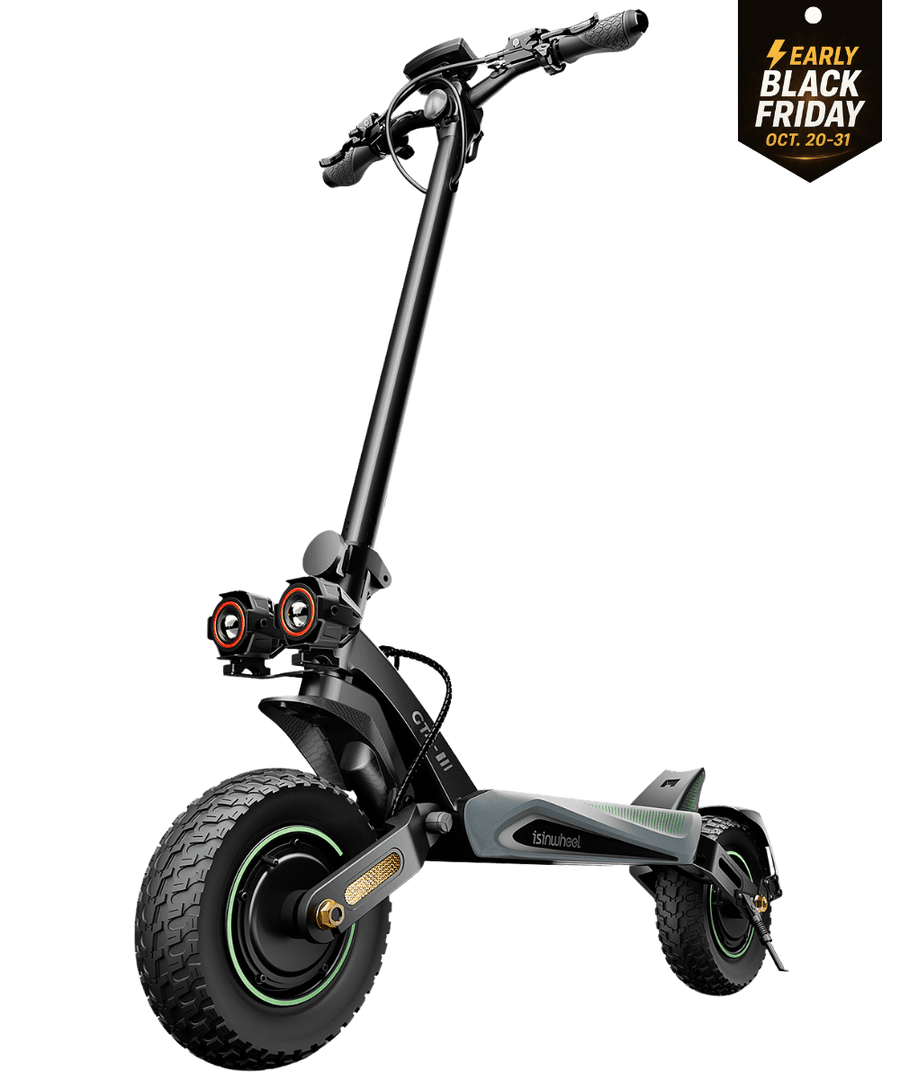
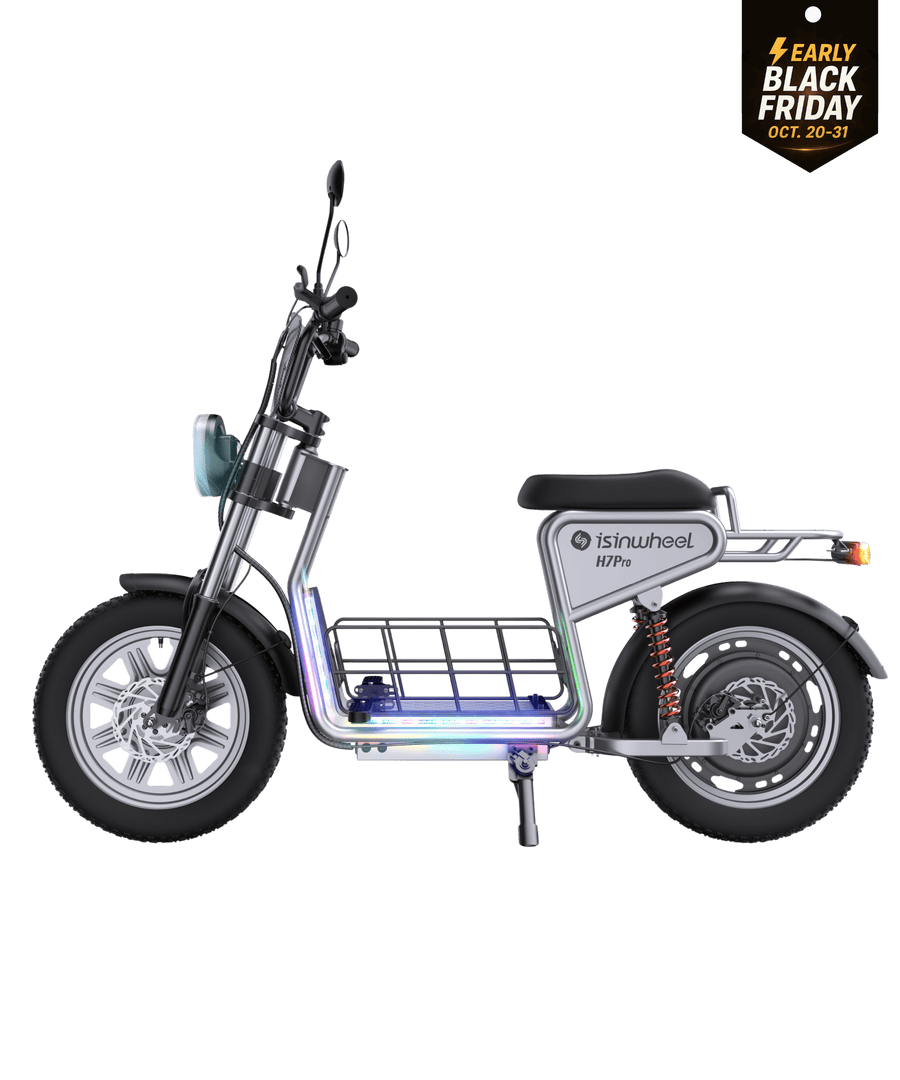
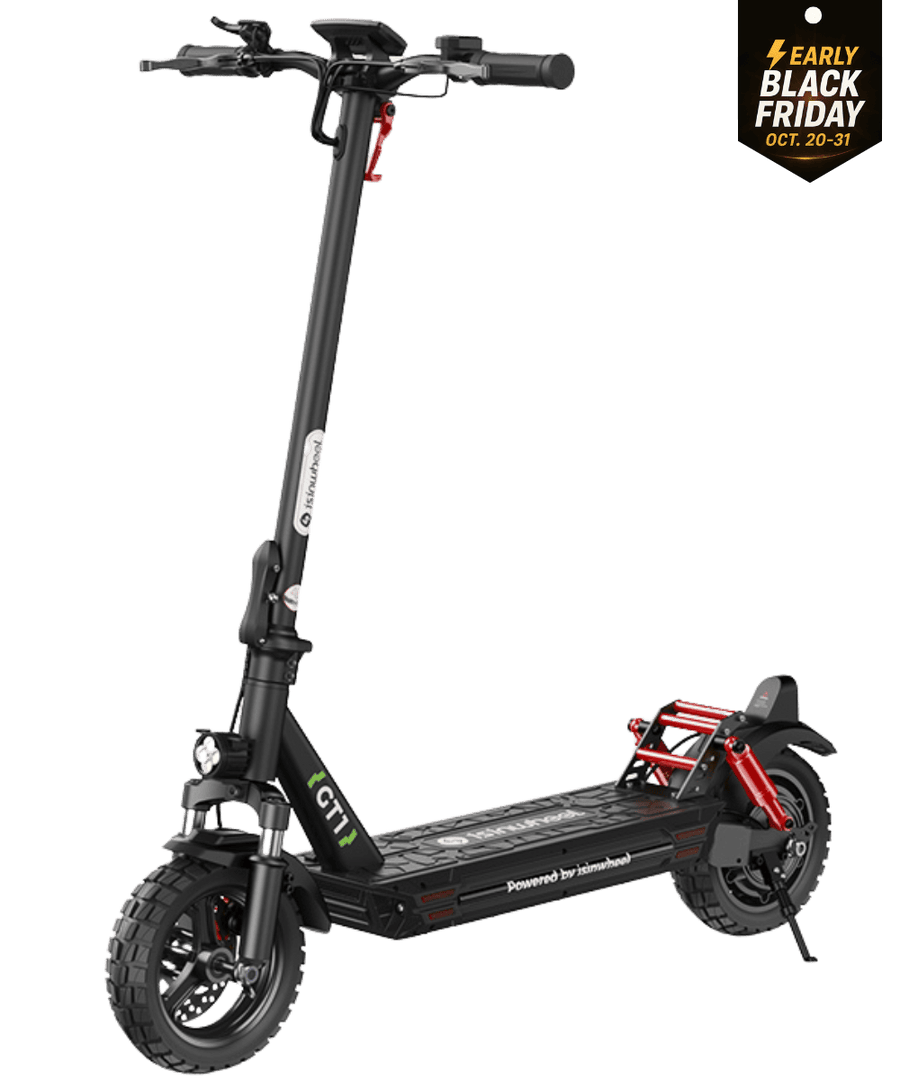
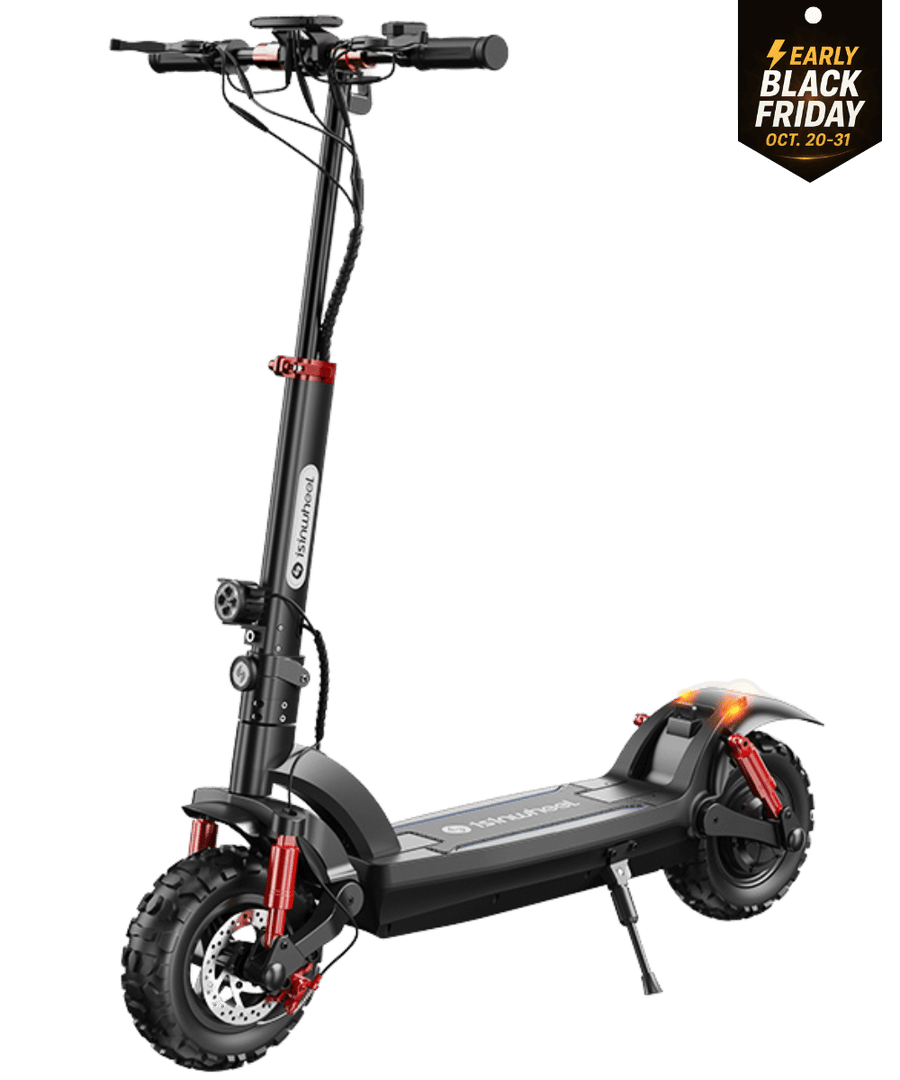
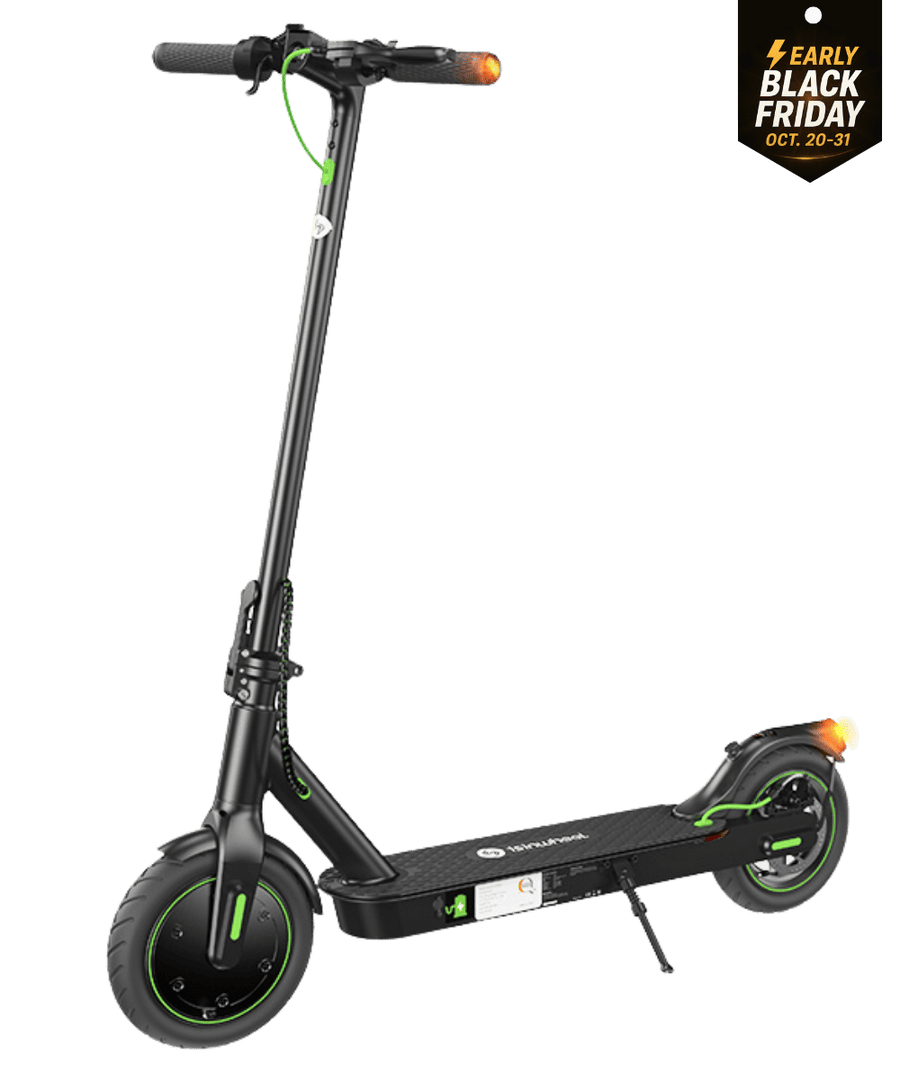
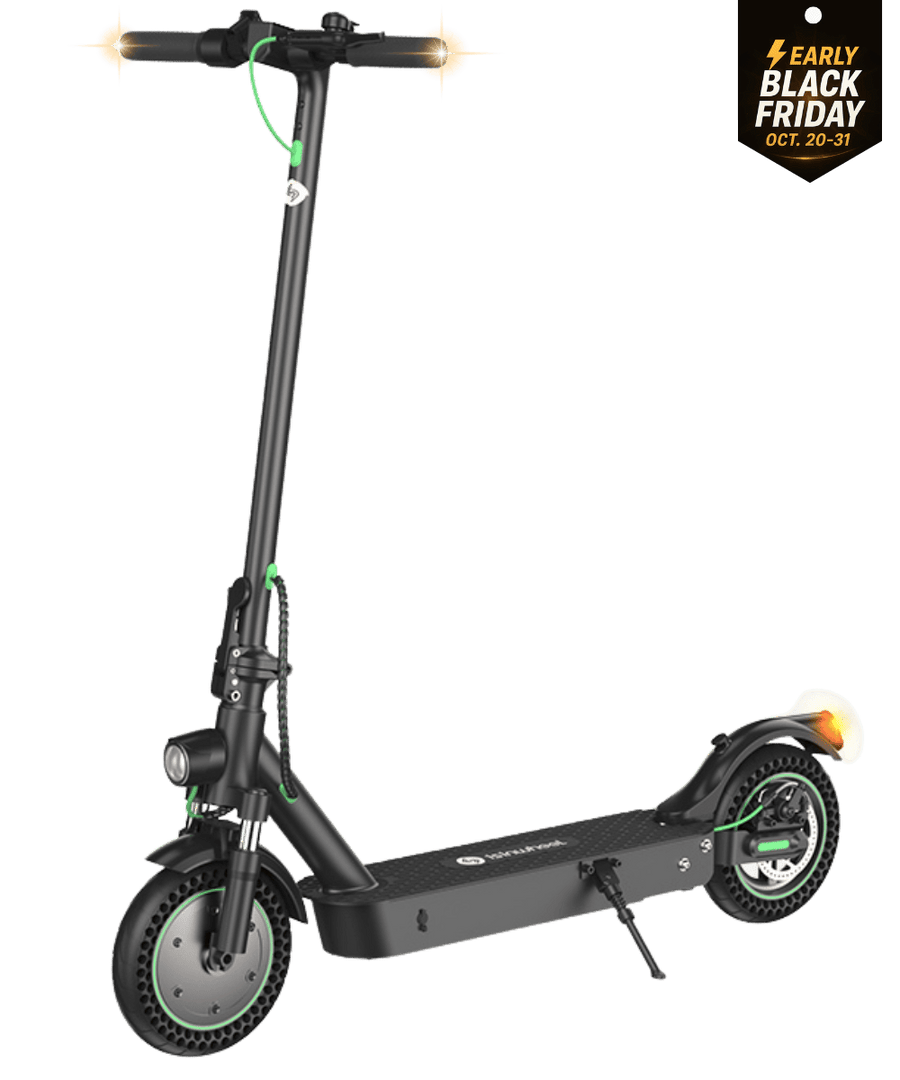
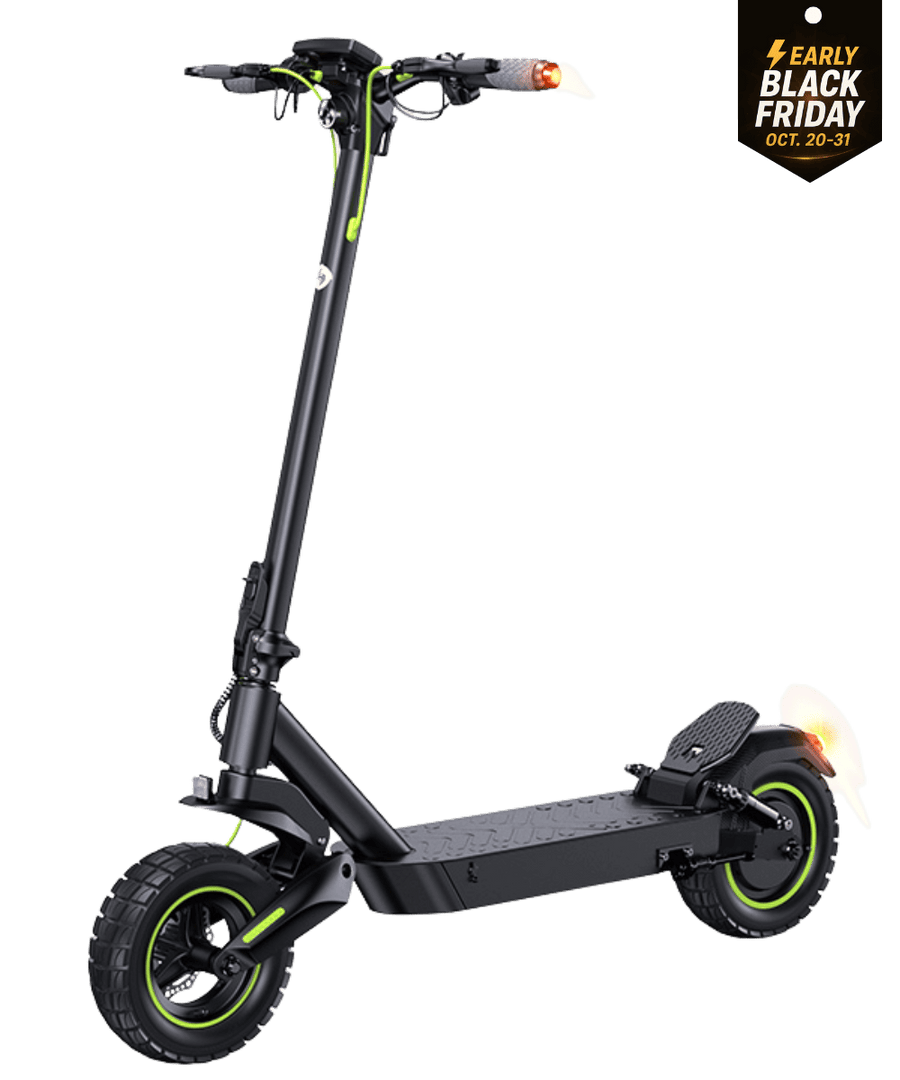
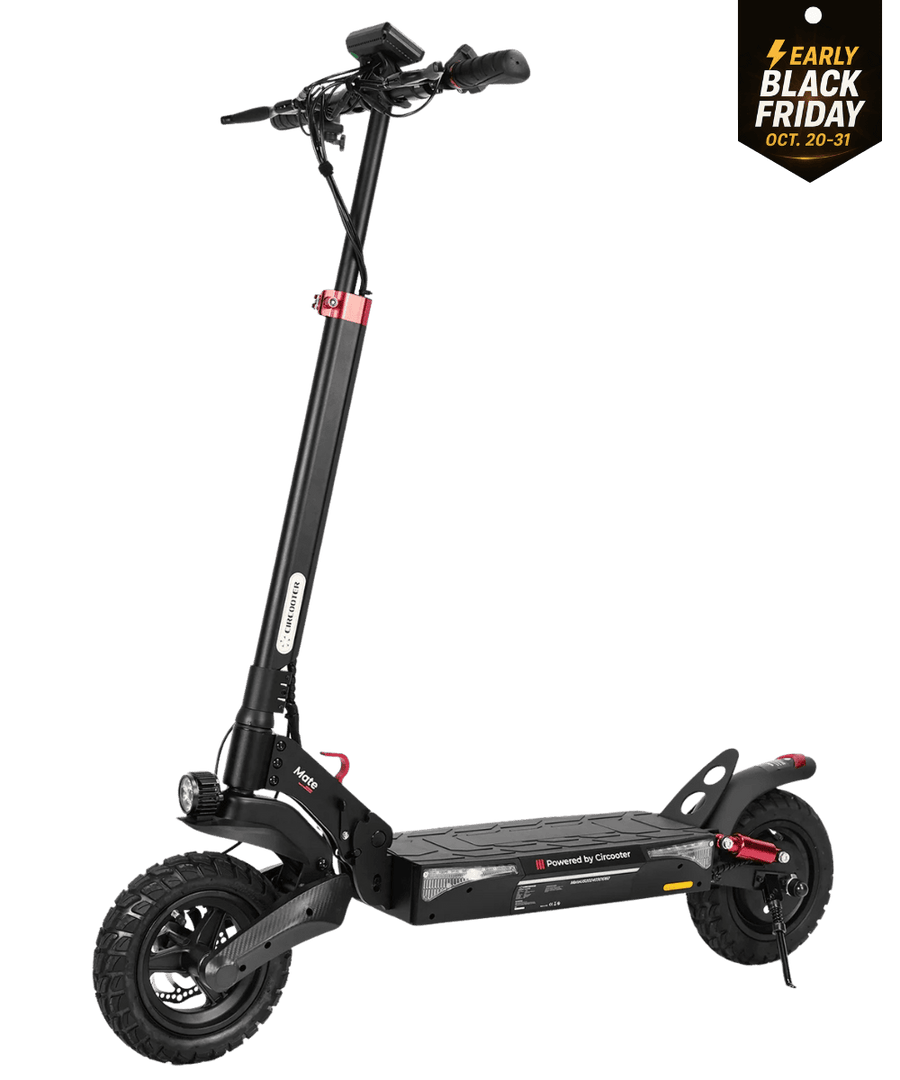
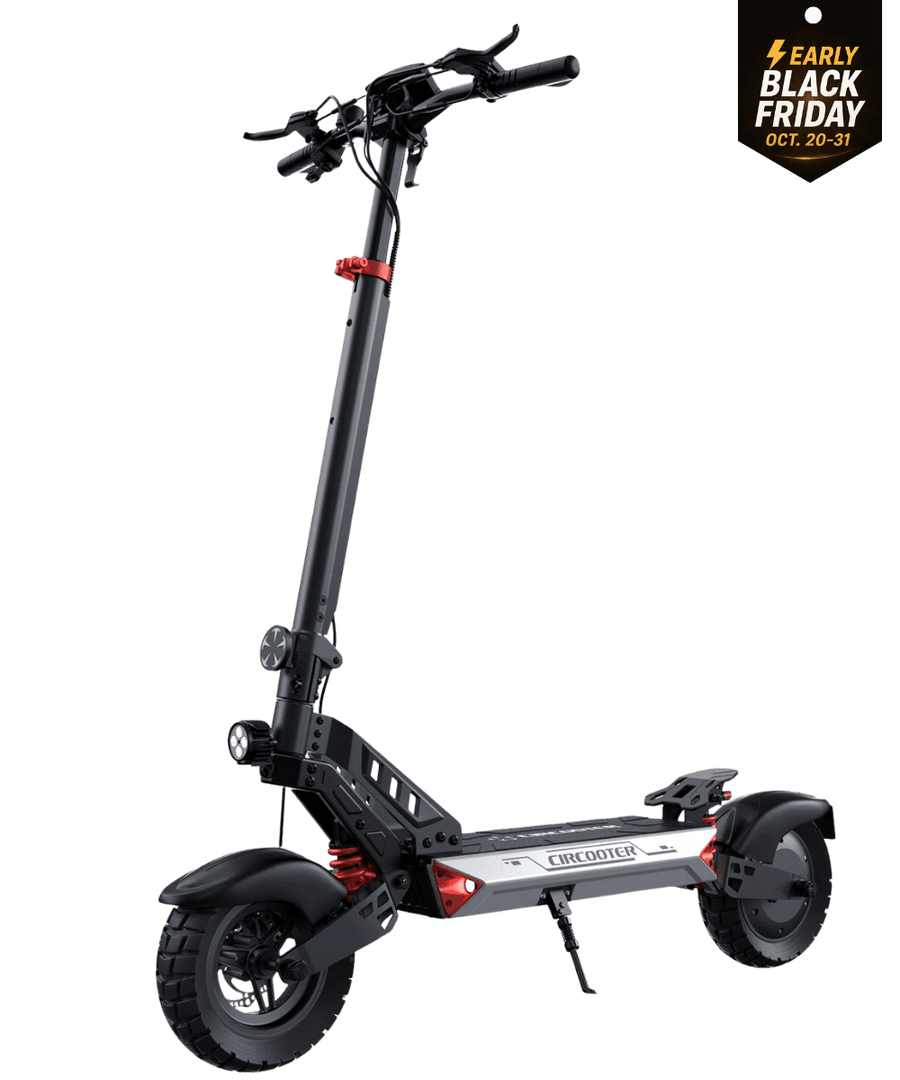
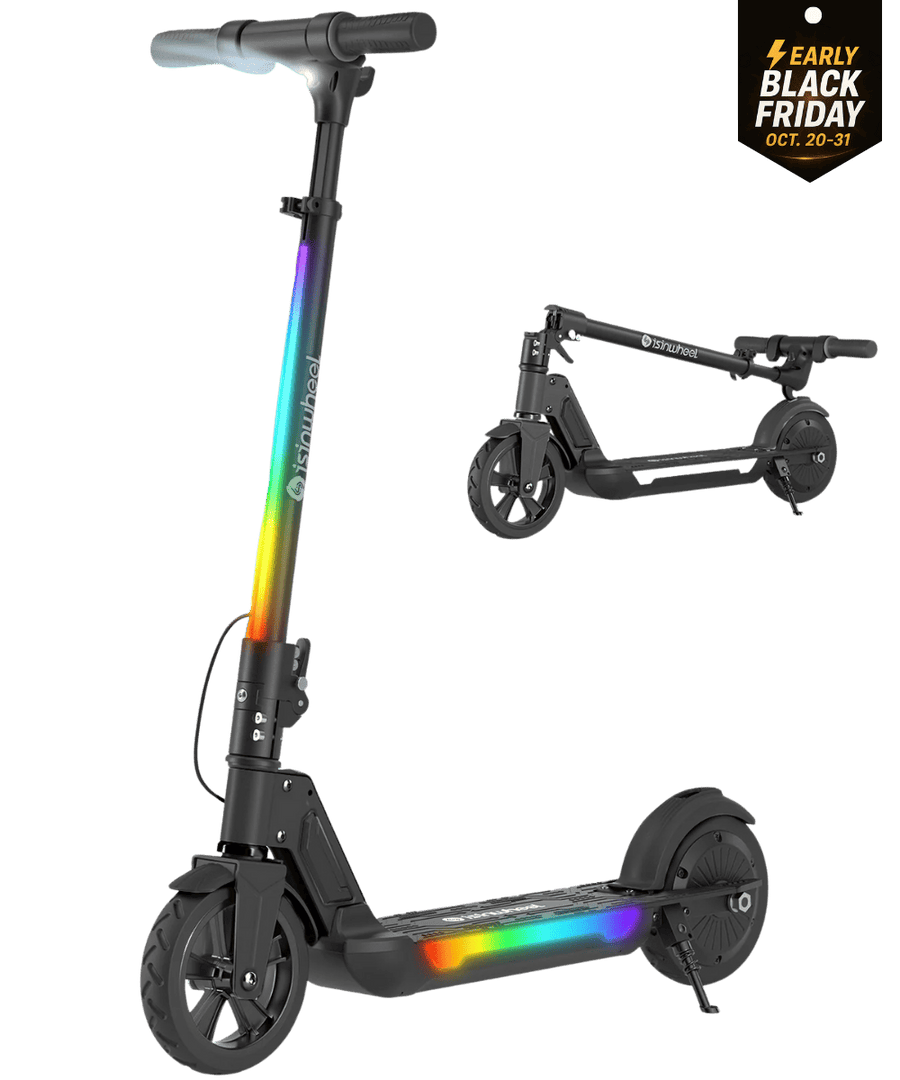
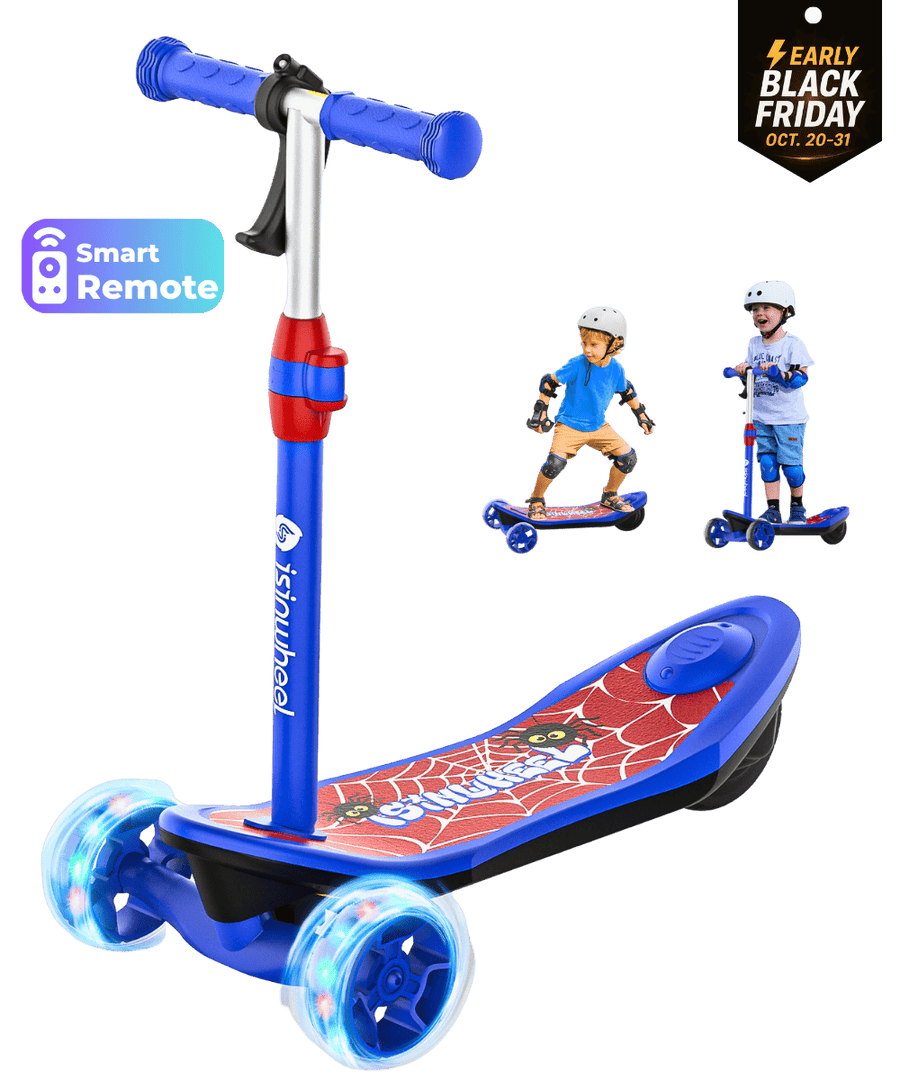
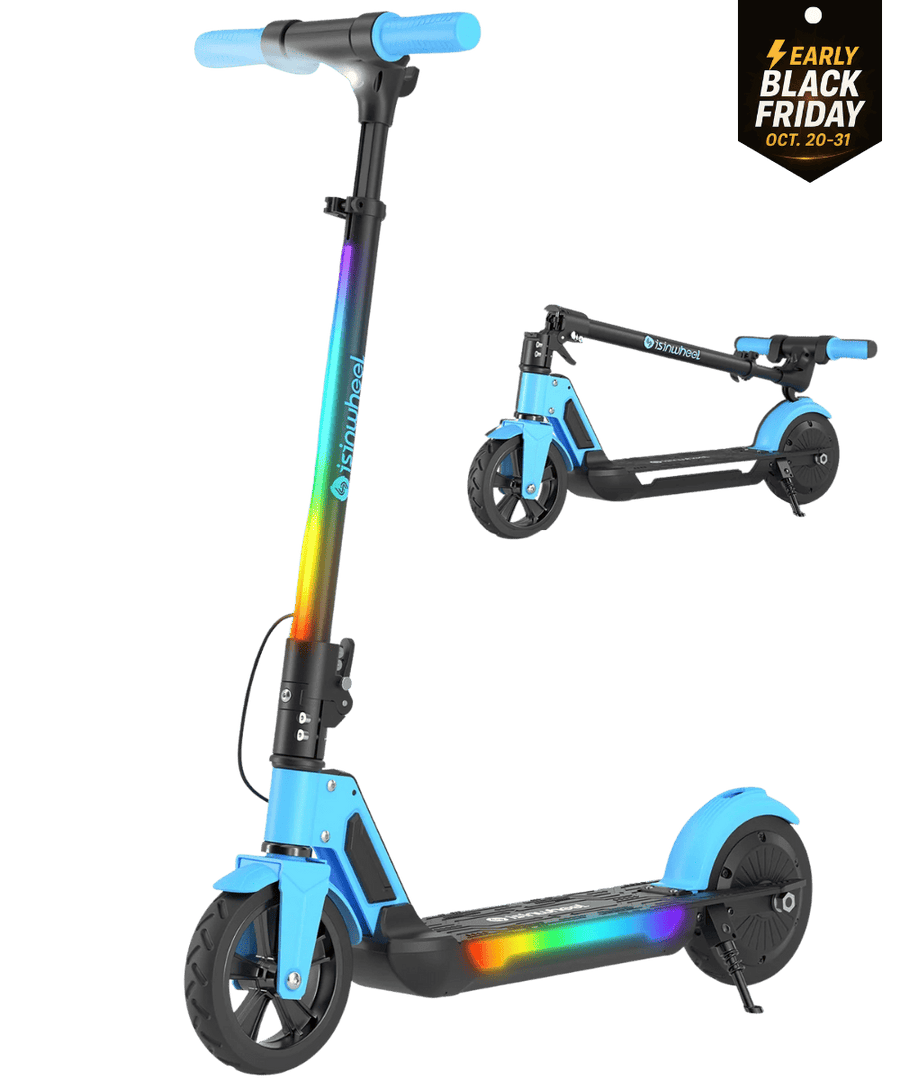
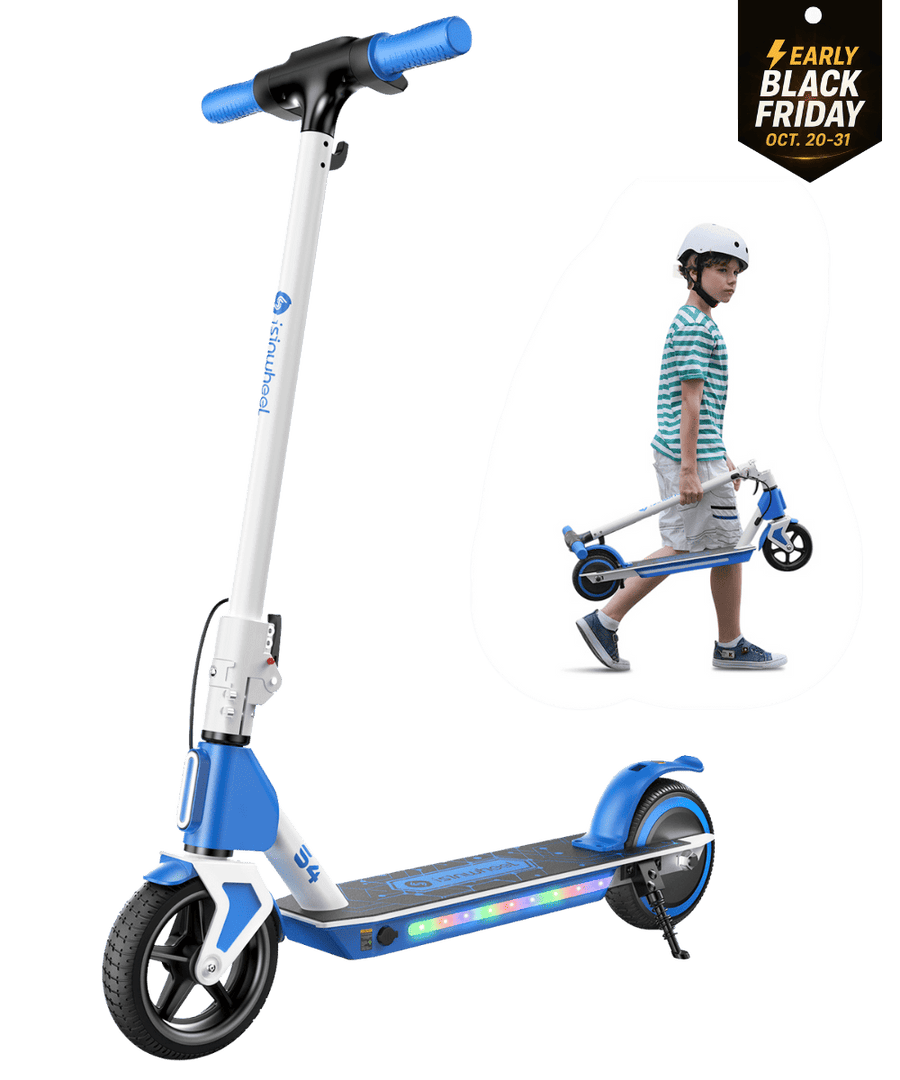
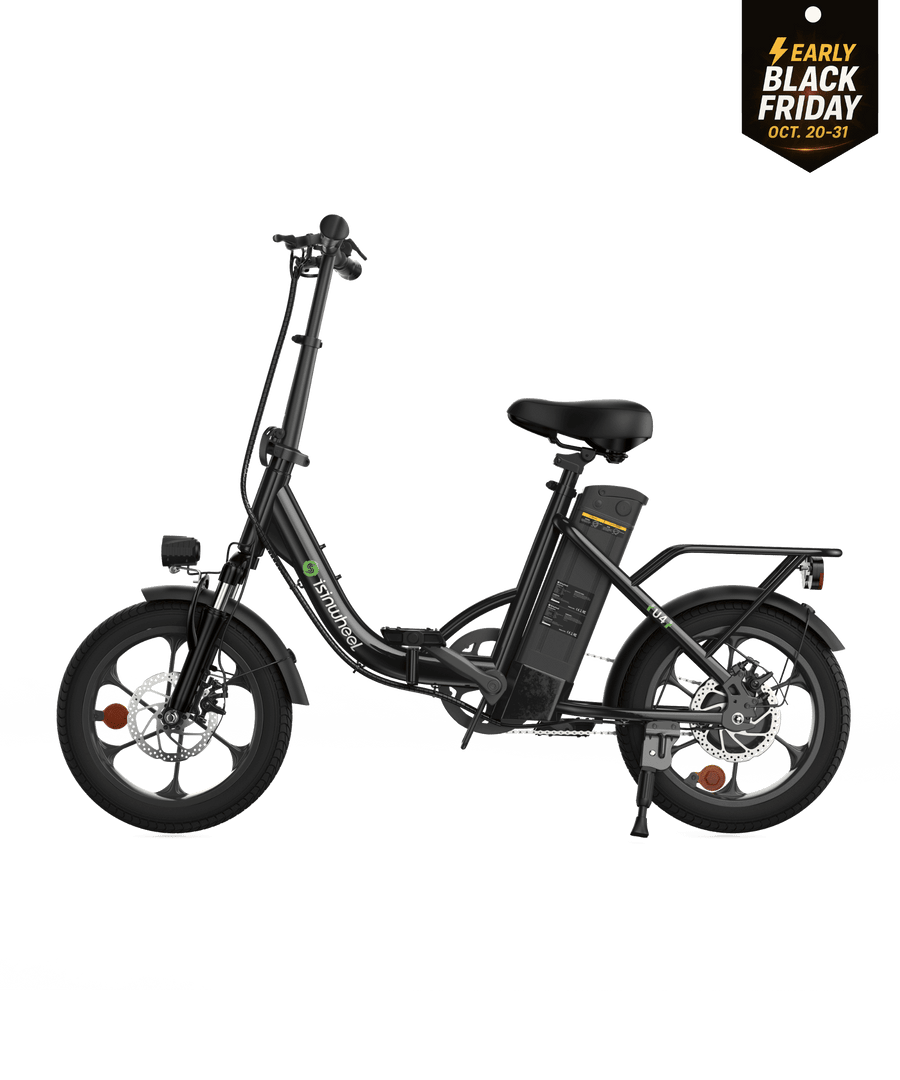
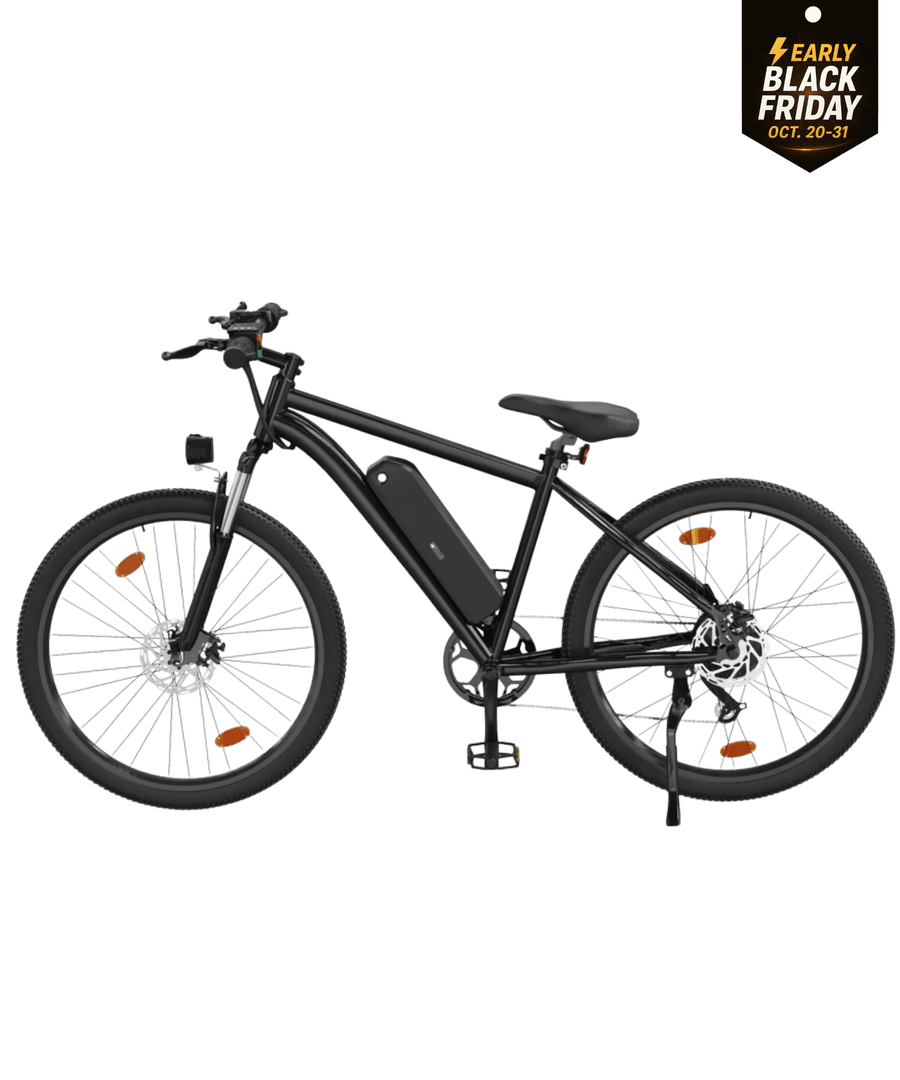
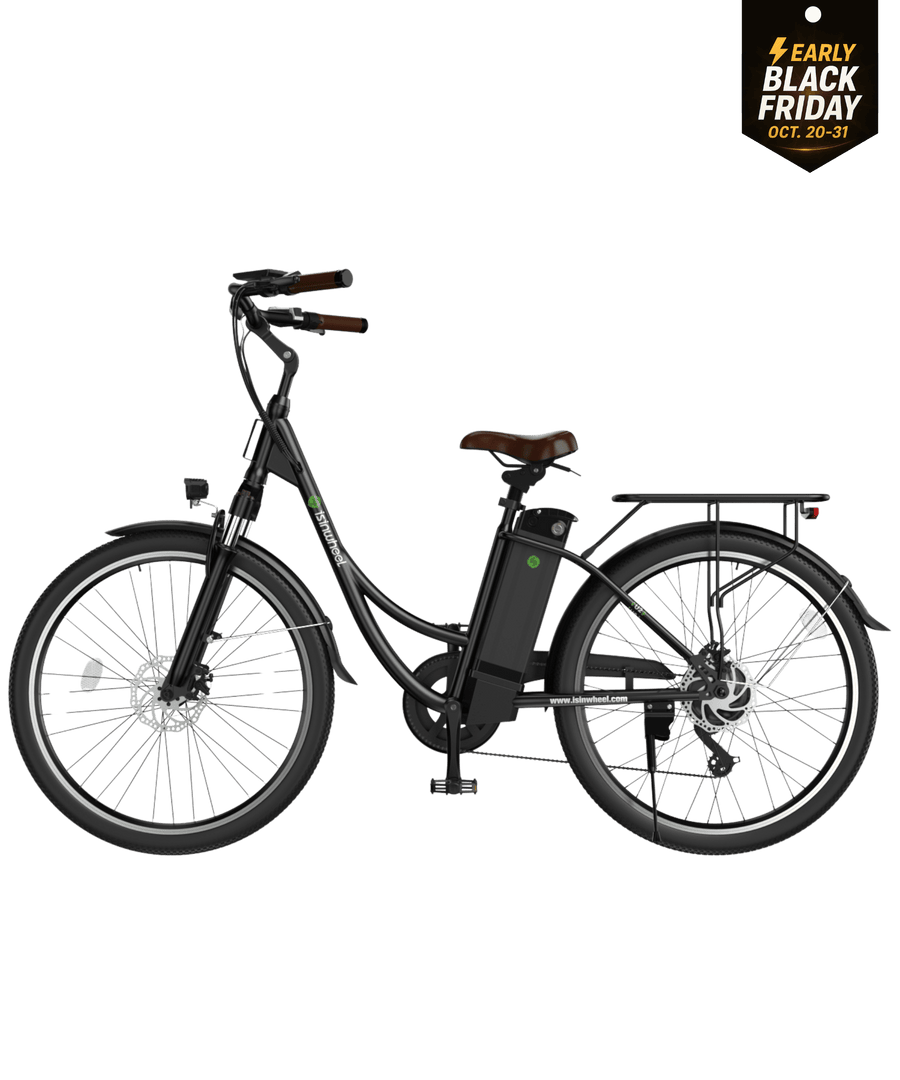
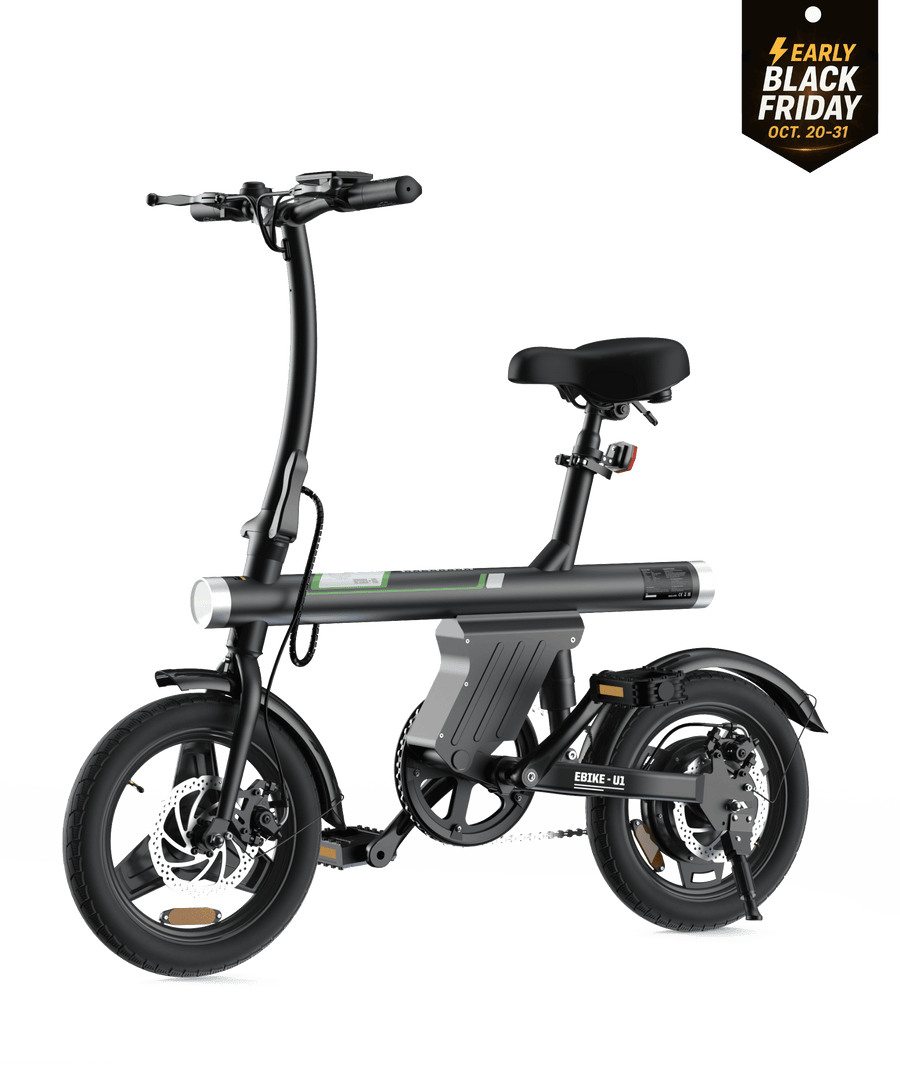
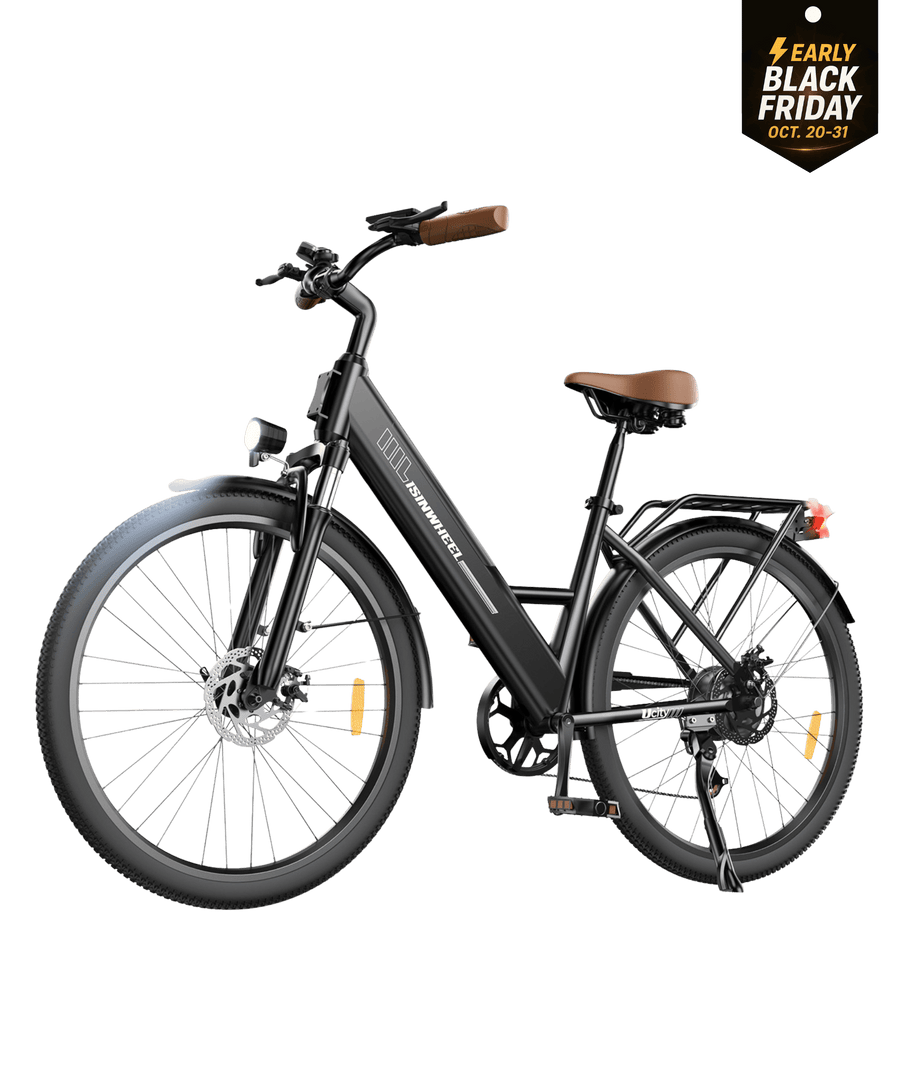
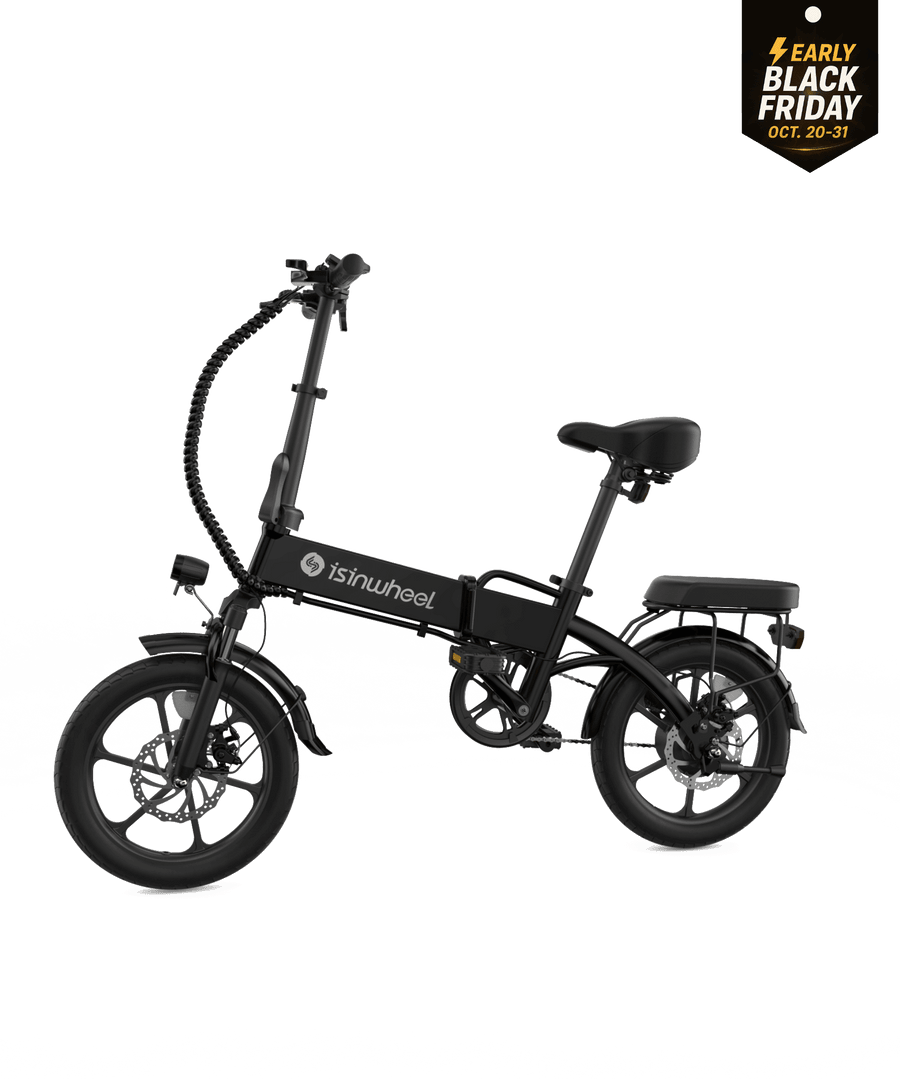
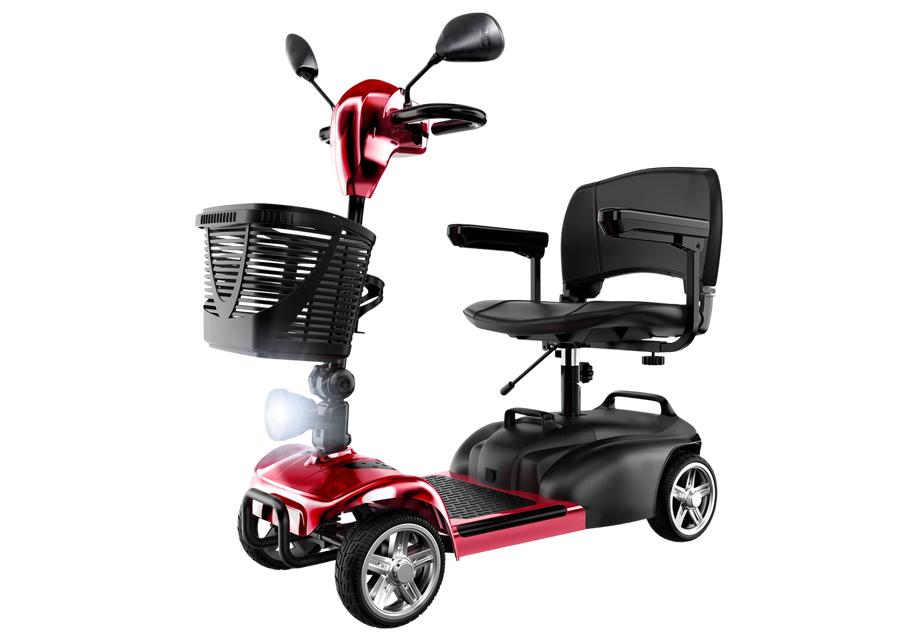






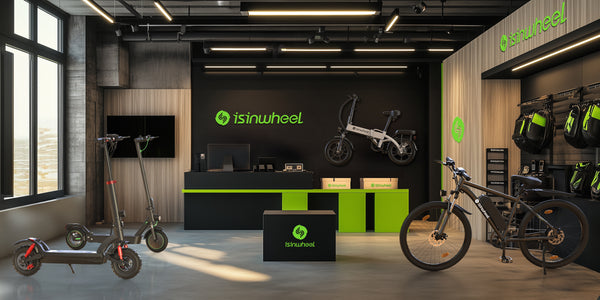
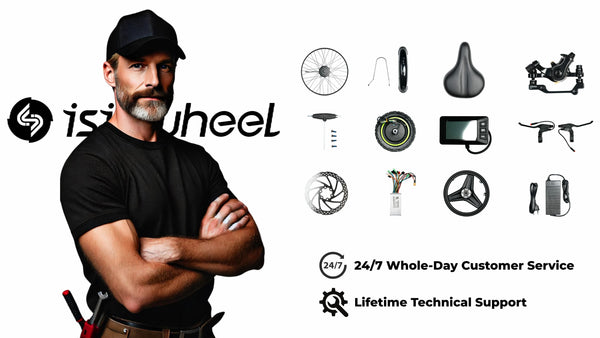











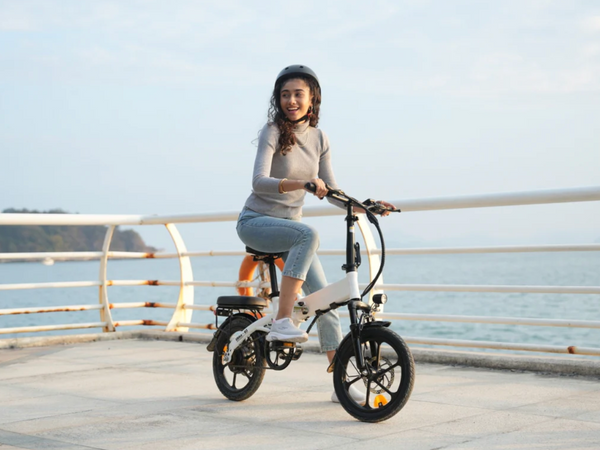
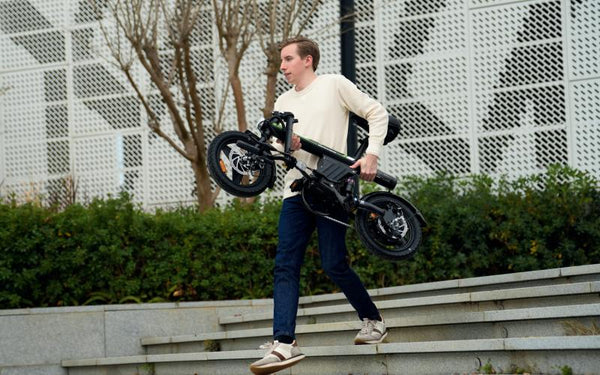
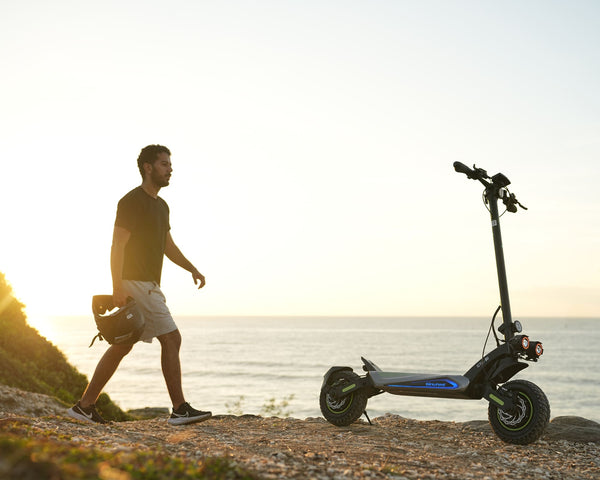
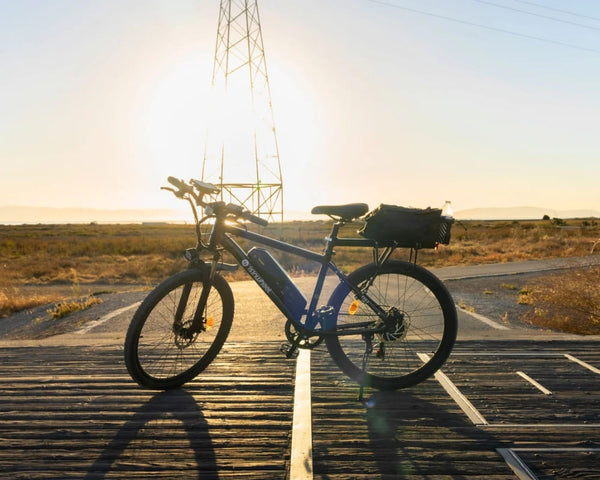
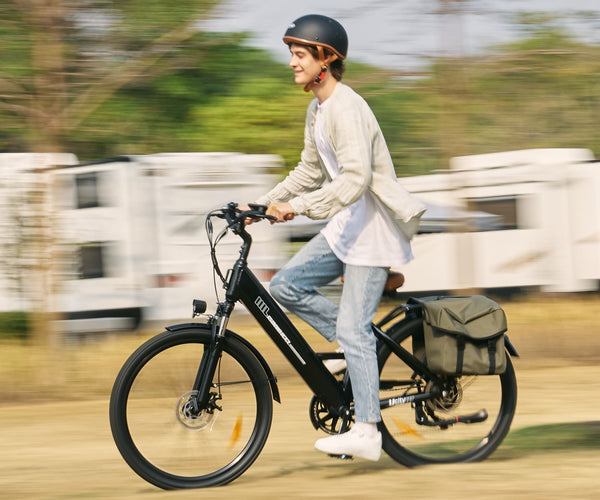
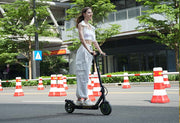
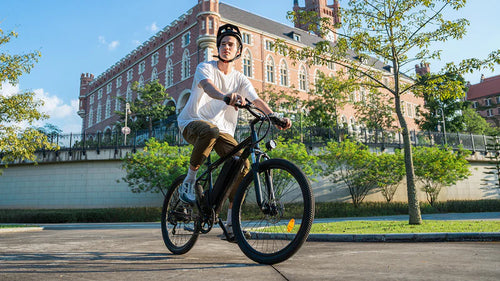
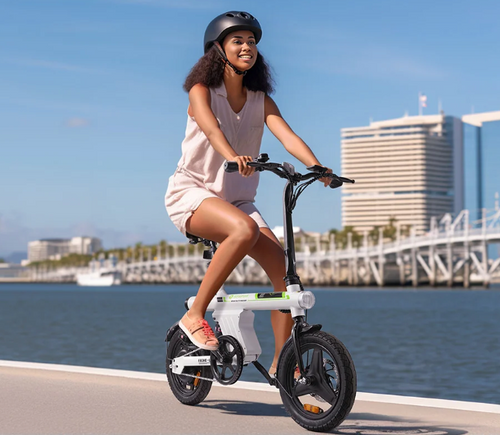
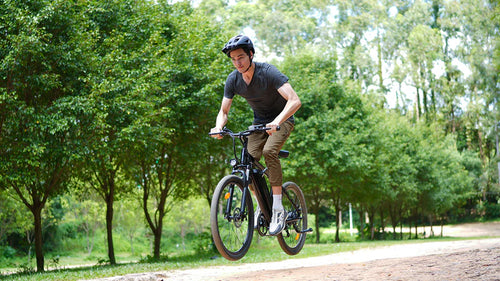
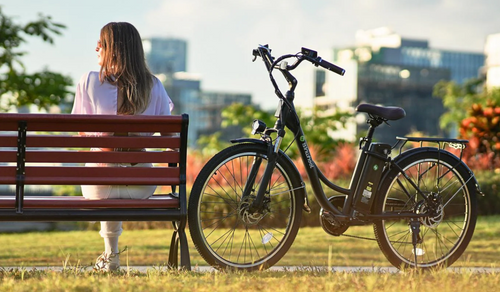
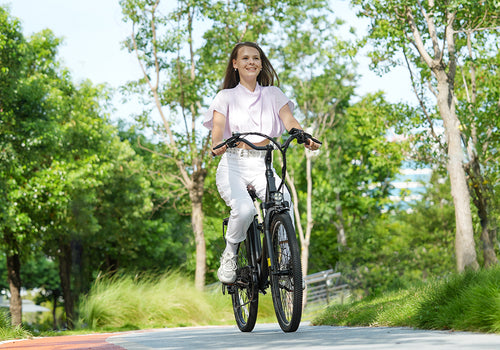
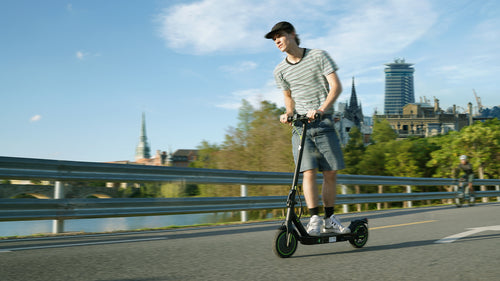

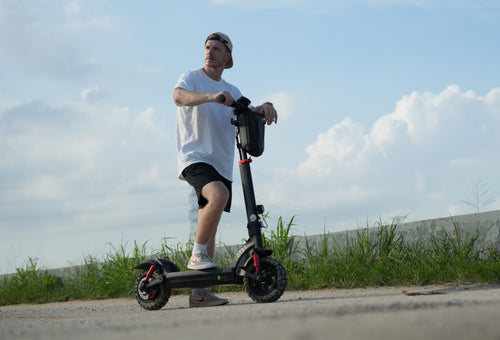
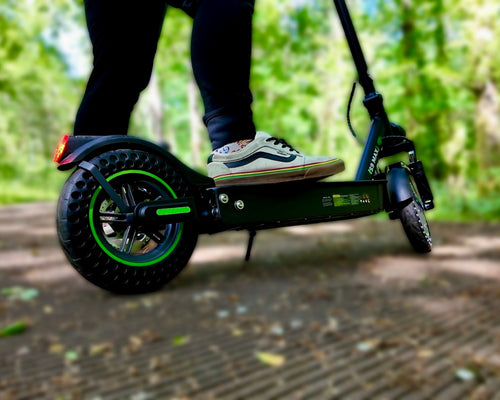
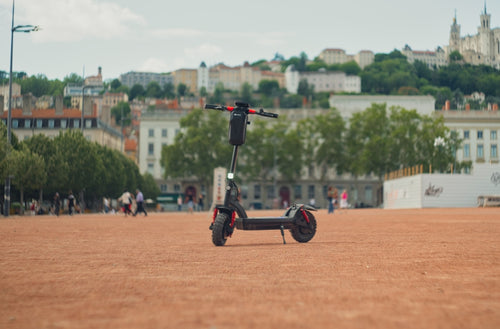
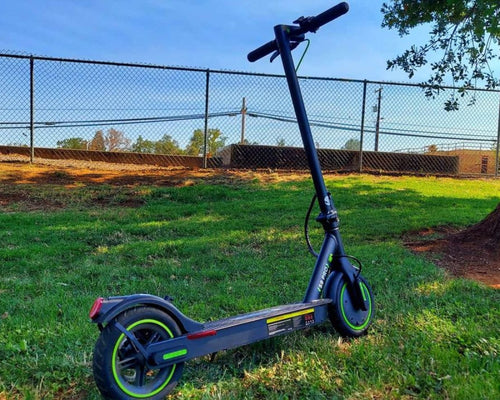





Leave a comment